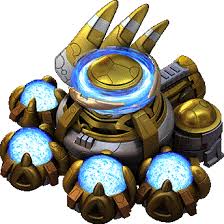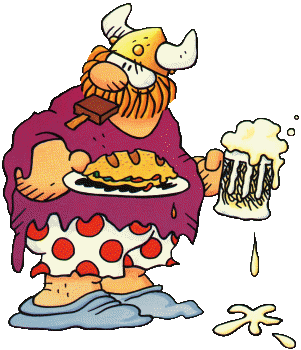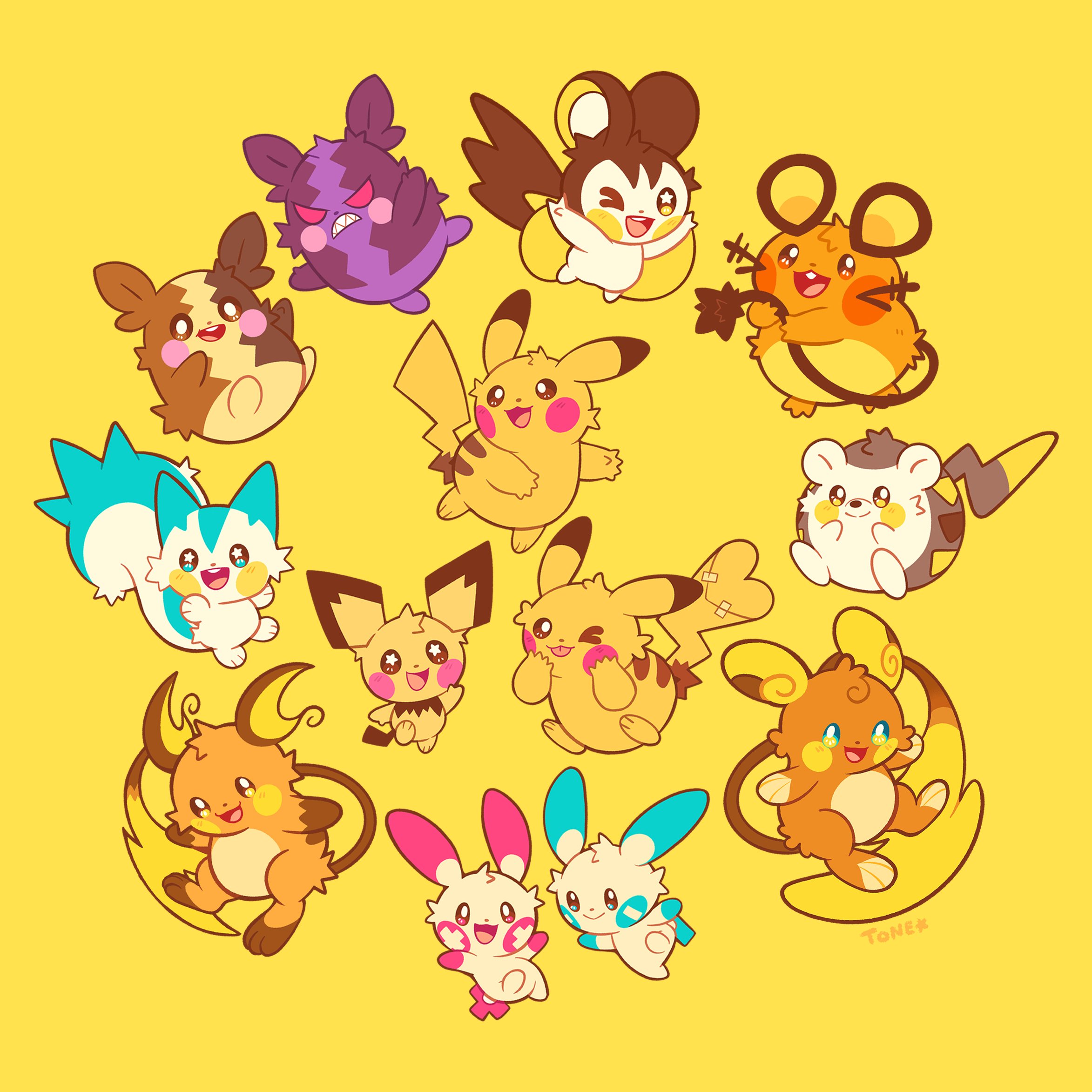I mean scripts like Shavian or Quikscript. Are these script useful to you in your day-to-day life? How are they better than the original scripts of your language?
There’s this pretty handy script me and folks around use for numbers, we call it Arabic numerals, even if the Arabs call them “hindian numerals”. They’re pretty handy. Beats roman numerals at everything but looking classy!
Jokes aside, hope people say which language they’re talking about. Mine, Portuguese, doesn’t really have alternate script as far as I know, unless you you count the old mobile phone shortened typing as such
I was talking with respect to modern, constructed writing system. Hindu-Arabic numeral system were borrowed from the Brahmi numeral system almost a few thousand years ago.
wingdings
I hadn’t heard about them until now. Here’s a Wikipedia article.
As a parent teaching kids to read, I’d love an alphabet that didn’t have the stupid ambiguities of current English. Trying to explain to a kid that “c” can make a few different sounds is a pain in the butt.
It makes one sound followed by E or I and the other the rest of the time. Mostly.
The writing system has its flaws too.
- I and l look the same.
- 0 and O look the same.
- Why are their two totally different cases? Q looks nothing like q and the distinction serves no communicative purpose
- Similarly, why is there printed letters and joined-up letters – two totally different ways of writing?
- Loops are sometimes merely stylistic, but some letters like say b has a loop that is essential to it.
- b and d are mirror-images, and this confuses some children
- “dot your I-s and cross your T-s” – the pen has to be lifted from the page to do this, so people don’t always bother.
Some of these might sound like non-issues to grown-ups, but they’re hard for children.
joined-up letters
Do you mean cursive?
The closest I can come is blackletter or fraktur scripts that were once used for generic languages. As far as letters go they are silly and overcomplicated, with Latin scripts being far easier to read and more adaptable to different visual styles.
With that being said, they do have their own old-timey charm and there is something satisfying in being able to pick up a old book in blackletter and read it when you know that most people can not.
Fun fact: Blackletter was only used for Germanic languages. If a text contained non-Germanic passages it was normal to set those in Latin letters while the rest was set in blackletter.
Does one two one representations of the Latin alfabet count? In such case I’d mention a cipher used in Sweden called “brädgårdschiffer”. Here is “hej på dig!” written using brädgårdschiffer with my very sloppy writing on my phone:
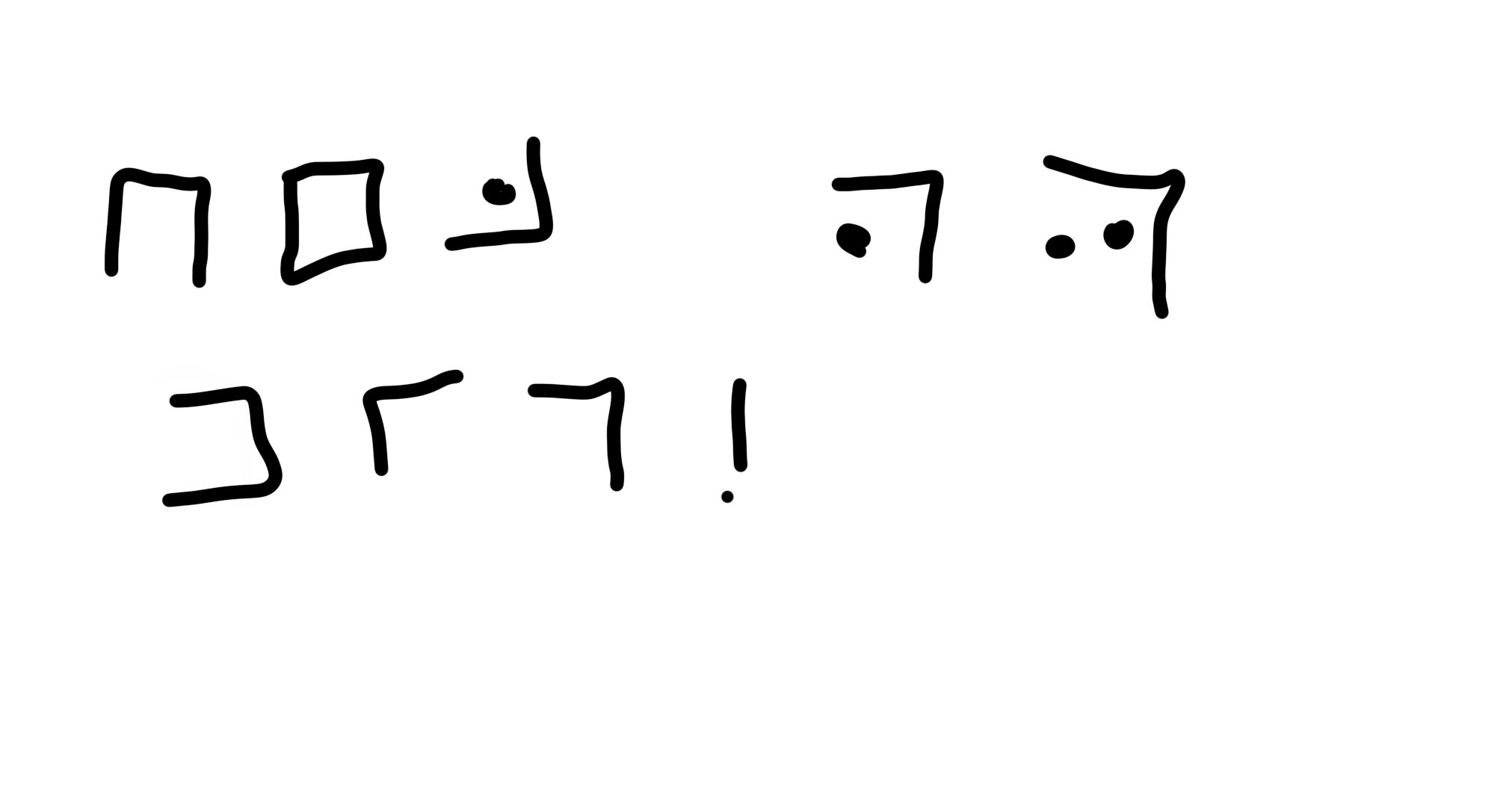
It’s decrypted by matching up the shape and amount of dots with the letters in the key below. You look at the edges around the letters and the dots above that square.
I do however think that this chiffer probably exists outside of Sweden under some other name and other letters included (note that W and Q aren’t included in the key. They aren’t really used for in Swedish, apart from loans from other languages)
You were talking about this, right?

note that W and Q aren’t included in the key
I suppose that V and K can be used as substitutes for loan-words?
Yeah, sure you can just substitute out the letters or write them out as is. And thanks for the image, i always get problems with images proxyed through ddg and then my instance
Hm, have studies been made on this cipher related to dyslexia? I’m not dyslexic but I’ve been reading into it lately (looking to get into UI/UX) and this seems like maybe it could be useful.
There were some that were made for french to make the orthography of words easier. They use accents generally. I do not use them and I do not know anyone that uses them.
Are you talking about Franabugida? This script is heavily inspired from the Abiguda system of writing used in South Asia.
I have thought about developing an alternate script for Norwegian/Scandinavian based on the old runes, really just because I think that would be fun and interesting, but insofar as I haven’t done this yet, I don’t know of any alternate scripts for Norwegian, and obviously there isn’t much point in talking about English.
So I will instead share an alternate script for a language I do not speak: Circassian, or specifically West Circassian or Adyghe.
Father and son duo R. I. Daur and I. Yu. Daur together developed an alternate script for that language in I think 2012. The script was dubbed “Mifo-Circassian”, and as I understand it, it’s an attempt to give the Circassian language a more unique visual identity, by using letters based on old inscribed symbols — I think the emblems of clans more specifically — rather than using an adapted foreign alphabet like Latin, Arabic, or Cyrillic. Furthermore, Circassian has a very unique inventory of sounds that interact with each other in unique ways, that foreign alphabets can’t really do justice, so this alphabet is more uniquely suited for the challenges that come with representing Circassian in writing. Mifo-Circassian writing seems like it may be used both alphabetically and alphasyllabically, but the alphabetic form is far more common.
Well, “more common”, not that many Circassians actually do use this Mifo-Circassian script to begin with. Cyrillic, Latin, and Arabic have the benefit of being supported by Unicode and of also being used by neighboring languages, and they work well enough for representing Circassian. So it seems like the primary usage of Mifo-Circassian is not necessarily for communicative writing, but rather for more ornamental or artistic usage.

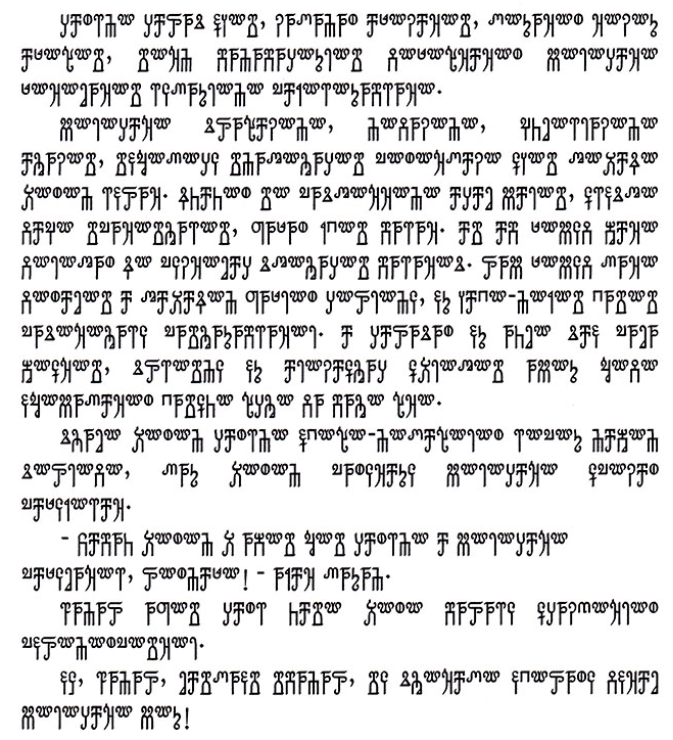
I’d love to see your attempt at an alternate script for Norwegian. I do however speak Swedish but I could probably use it for Swedish to.
Also, regarding Norwegian while you don’t have any alternate scripts you do have two ways of spelling, right? In Swedish there called “bokmål” and “ny norsk”, but I don’t know the names in Norwegian or English.
Bokmål and nynorsk without a space, yes.
I love the idea of a modern runic script, suitable for contemporary Scandinavian languages. Would you care to elaborate on your thoughts on this?
Cló Gaelach / Lámh Gaelach
Cló Gaelach means Gaelic print. Lámh Gaelach is the same thing but handwritten, it means Gaelic Hand. It’s not an alternative to the Latin alphabet, just a dialect of it, like how German was written in Blackletter up until quite recently. Most letters are similar to the boring mainstream print, but T (Ꞇ), G (Ᵹ) and D (Ꝺ) are quite distinctive, and the letter H is not used.
There is no aspirated h (h as a consonant) in Irish, it’s used to mark softened phonemes, so
mrepresents one consonant andmhin Cló Rómánach (Roman print) represents a softer sound. Cló Gaelach favours the superdotṁinstead of using h.This is the part of constitution declaring Irish the official language of the country, with English a secondary official language:

The government phased it out for official use in the 1970s. Idiots. I still use it when I can, I never write Irish by hand without it.
Ogham
Ogham is much older. It was used around the year 400. It is a tree-themed alphabet, branches coming off a central column, and the letters mostly have names like ‘birch’, ‘oak’, 'hazel. Ogham is climbed as a tree is climbed, which is to say it’s written bottom to top. It was created by the god Ogma; similar to how Thoth created writing in Egypt. An 14th-century text called In Lebor Ogaim talks about various ways of putting ciphers upon it. Posts about ogham: https://lemmy.ml/post/16545296 , https://lemmy.ml/post/18046303
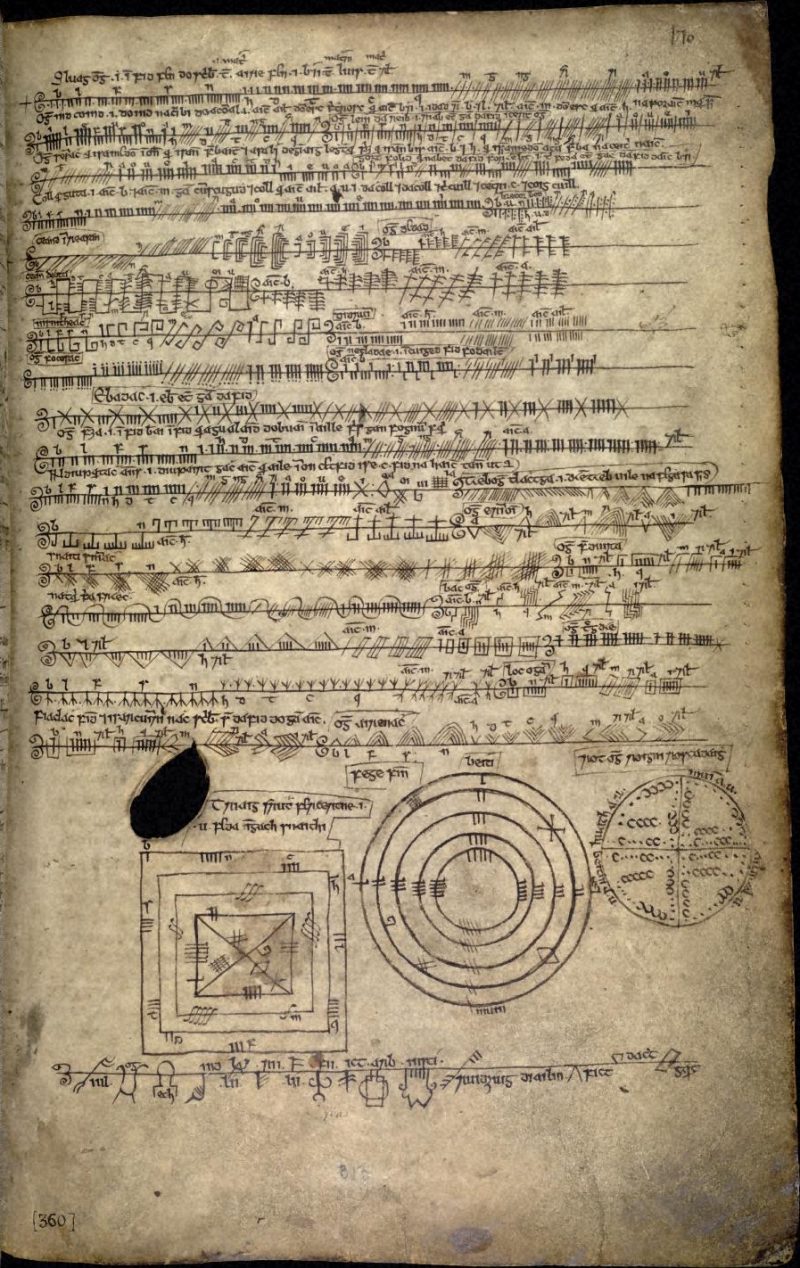
ᚔᚄ ᚑᚌᚆᚐᚋ ᚓ ᚄᚓᚑ but that won’t display on all people’s operating systems.
Ogham tattoos are common enough nowadays.
Hindi and many other Indian regional languages frequently use the Latin script on electronic devices for casual communication.
For example, Kya haal hai -> क्या हाल है? -> how’s it going?
I don’t even know how to type the original script version.
No, I wasn’t talking about this - this is basically romanization of Hindi, because phones with Hindi keyboards weren’t a thing back then, and it kinda stayed that way.
What I meant was the constructed language system, like for example, the Bharati script, or the Manjikana system of writing.
From the perspective of a Hindi speaker Latin might as well be a constructed alphabet. It has less similarities to Devanagari than any other Indian writing system. It seems to organically fill the same role that constructed systems were meant for
What language is that? Svenska? Suomi?
ᛁᛏᛋ᛫ᛒᛖᛡᛋᛏ᛫ᚩᚠ᛫ᛟᚠᚠ᛫ᚱᚣᚹᚾᛉ᛬ᛁᛏᛋ᛫ᚠᚢᚾ᛫ᛒᚢᛏ᛫ᚾᚩᛏ᛫ᛡᚣᚹᛋᚠᛟᛚ᛫ᚻᚪᚻᚪ
It’s based off of runes. It’s fun but not useful haha



